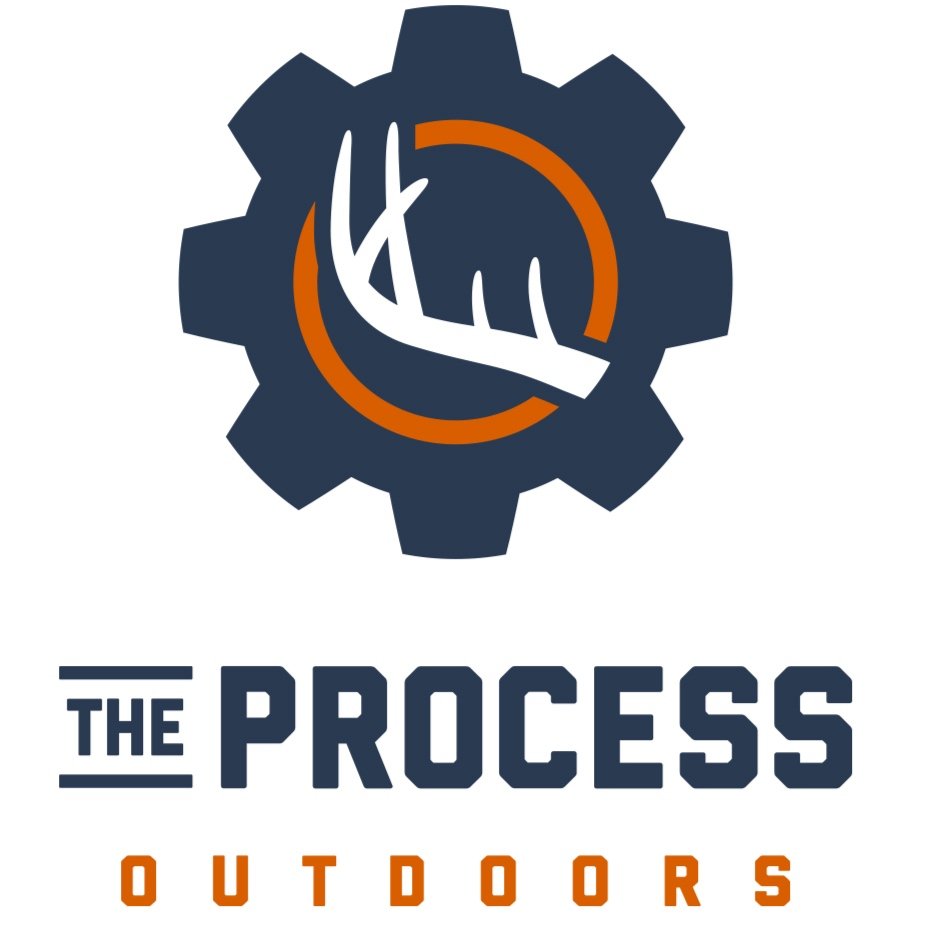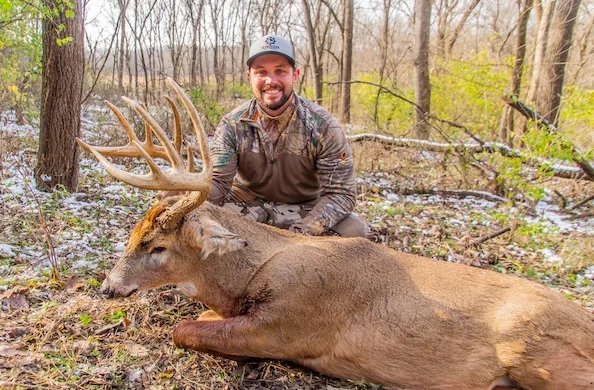Why Maturity Matters
Do you hunt Private Land? Do you hunt Public Land? Guess what, it doesn’t matter. The animals you are chasing should be the same. Now, I want to preface the following with this: I am assuming those reading this are not brand new to hunting; if you are, read this with the explanation that a new hunter should be out there having fun and just enjoying being outdoors making memories. Not that an experienced outdoors-person should not be enjoying themselves and having a blast in nature. However, they have most likely made a move towards conservation and preservation for the future.
Even on private, well-manicured land deer are still wild animals living in an ecosystem that relies on balance. If you have this luxury, you have target Bucks and most likely, target Does. Everyone knows her, the one that always busts you in the stand or blind and always has your number. These are deer that are important to remove from your property, most likely 3 plus years old, and a deer that is teaching younger deer what to avoid. Doe populations need to be kept in check, luckily as a Public Land hunter this is not something I need to worry about. Every December thousands of people take to the timber and shoot Does on the properties I hunt. On private land, it falls on the land owner to manage the number His or Herself. 2-3 year old does need to be removed just as much as 5-6 year olds. The younger deer stress the mature deer who already know how to survive and have proven they are naturally strong genetics.
Buck to Doe ratio is a huge part of Whitetail management. For years people have spoken of 1:1 1:2. Those numbers are solely based on the property you hunt and what it offers. If your property does not have much Buck bedding and you usually see your best Bucks in November, you may not want to shoot many does as they are what bring the Bucks to you. So much of Quality Deer Management truly boils down to property available and a person’s personal goals.
A good way to age Does other than body size, is the nose. A Doe that is mature, will have an elongated nose and significantly larger head that the other antler-less deer in the area. The ears are an easy give away as well. A mature Doe will appear to have smaller ears because of the size of head and nose. Time of year can play tricks however. As the season progresses and deer put on their winter coat they will have a seemingly larger body.
A good body size comparison between a young mother and a few yearlings.
NEW HUNTERS, avoid shooting Button Bucks if you wish, by not shooting just the largest deer in the group. Archery offers the chance to give you a better look at a deer that a gun season does not. Many times a Button Buck will appear to be a “good sized” Doe because as a Buck, it will be significantly larger than the Fawn counterpart. Taking the time to fully identify a slick-head from nubs can help balance your heard by eliminating a Doe and keeping a future Mature Buck.
Does fight over food and if not kept in check, can force a Buck to find a home range where food is more abundant. I don’t know about you, but I want to hunt where a buck lives, not just travels through.
Now Bucks, the way I see it have two different ways to be managed. Bullies vs Mature.
First, a Buck has to reach a level a maturity to even become a Bully.
The First year a Buck has antlers he will actually be 1.5 years old (an antlered deer is always .5 older than a person says as they are born late spring) he will look like a Doe with antlers, a thin neck with body proportions that make his rear legs appear long due to his thin torso. A Two year old will likely have a little thickness to his body and antlers are usually spindly his legs will still appear long. At Three years of age a buck should start to show potential, he will develop good muscle tone with an “athletic” looking body. The neck will gain thickness to it and his brisket (chest meat and hair) will begin to sag and be apparent. The antlers will possibly have some mass but should be about as wide as his ears (other things affect these characteristics but they are good rules of thumb). A Four year old will have a stomach that begins to sag making his rear legs appear short and his shoulders and hips appear thick and well built. The nose of this class deer will begin to become more rounded (Roman Nose) making it often appear shorter or fat. The four year olds antlers are developed and will most likely be very tempting. At Five plus years a buck is thick throughout his body and skin begins to sag and shake when he moves. He no longer has a belly, he has a gut. Antlers will have definitive mass gained. A Buck of this age class will have a neck as thick and strong as ever. These are the deer that when you first see them your heart skips a beat. This age class you know they are mature and rarely is age accurately guessed without significant history with the deer.
I have heard many new hunters speak to aging a buck by counting antler points. A spike, a fork, an 8, a 10, a 12. Although yes, a Buck is usually a spike or fork within the first year or two. A deer is either an 8,10,12 etc. Their frame is their frame upon reaching 2-3 years of age.
Bullies: Usually a 3-4 year old. These are the tanks, the deer that are thick antlered and usually 3-4 years old in Iowa. They are the bucks that have excess amounts of testosterone, love to fight, and in the rut will break the tines off other deer and even suppress testosterone and antler growth in other deer. I have hunted properties where these deer are shot and the next year a couple Bucks explode in growth or more subordinate, less daylight active bucks become more visible. The reasons for harvesting these brutes are obvious.
Mature: These are the granddaddies, the Bucks that have met their full potential, the ones with long sweeping tines held together with webs of mass, and possibly gained some non-typical character. In the Mid-West, these are the 5-7 year olds. What makes a trophy for some is an amazingly high scoring rack. In reality however, the true trophy is the years on the deer. Not only has a buck eluded so many things trying to end his life; Hunters, Predators, Nature, and any disease he may come in contact with, but he has kept his wits and eluded them all. A true heavy bodied, fully mature whitetail may not have a rack scoring above 150, most in the wild will not. Not every deer has the potential to make the record books, but they do have the potential for your books. I harvested a Buck that was at least 3 when I first saw him and had 4 years of encounters with him. When I took him on camera and all he scored was 132, it did not bother me in the least. A Buck will reach the potential for his rack at 4-6 usually and it will degrade from there. What was impressive was his body size. He field dressed 230 and I was happy to have friends drag him out. On the other hand, there are both. The deer with large body and equally impressive bone. A 150s 9 point that dressed over 300, a true trophy in any respect of the game we hate to love.
Public land mature buck.
Goals of harvest differ from person to person as much as property to property and this post is written by an Iowa boy. Go to Pennsylvania or Texas and although certain points will remain true, there will be significant changes. A mature body provides more food for the family and, you cannot eat the rack. But, they do look nice on the wall.





